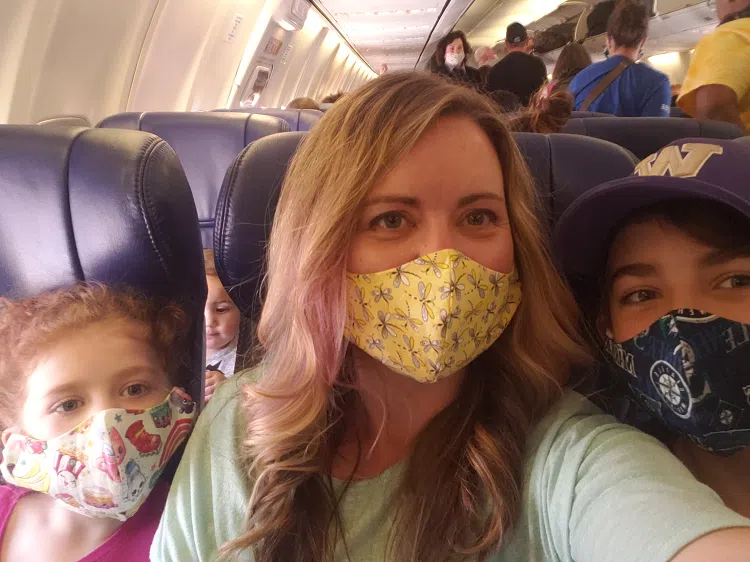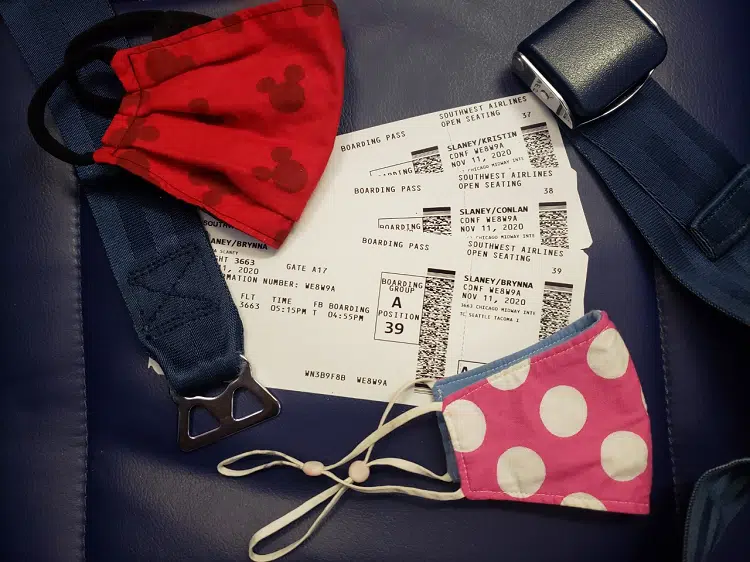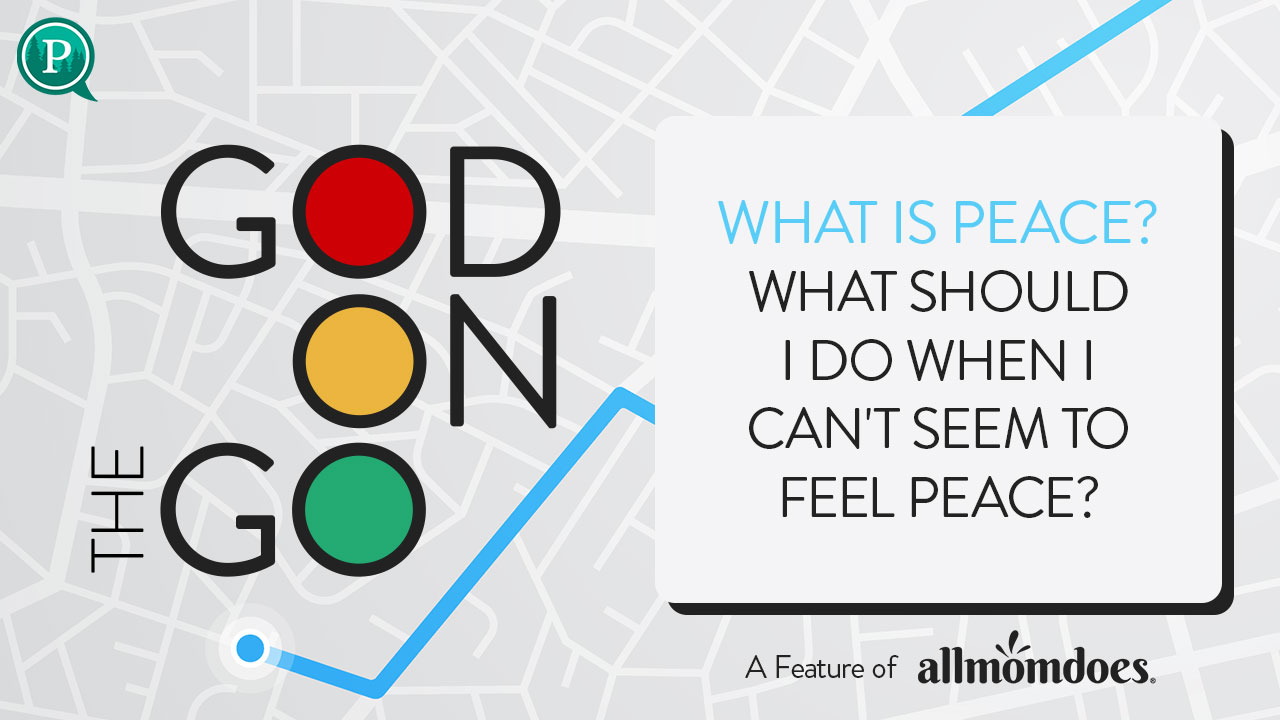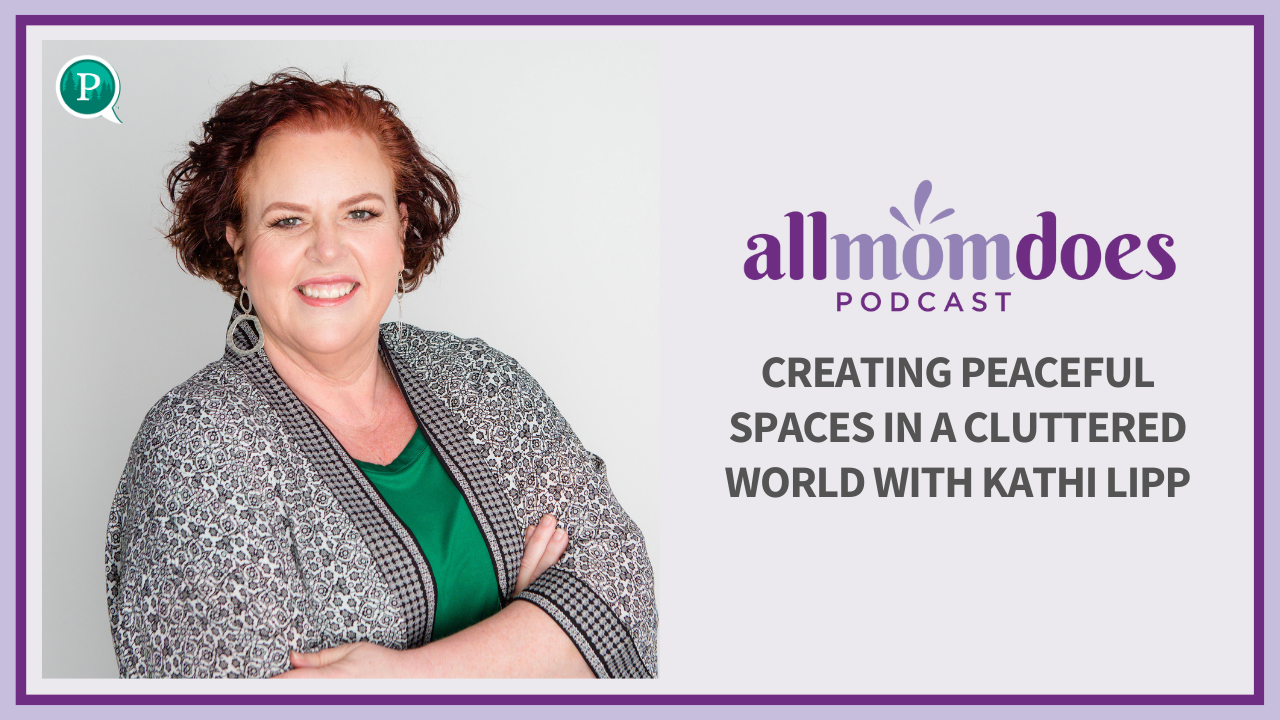If you’re contemplating air travel during the COVID-19 pandemic, you probably have a lot of questions about how things are different, whether publicized safety measures are actually enforced, and how to make your trip as safe as possible. I’ve traveled a couple of times with my kids over the past few months, and here’s what you need to know.
The purpose of this article is not to convince you that air travel is safe, or to persuade you that it’s not. It is simply intended to help those who are considering travel to make the best decision for their families.
How Clean is the Air on Airplanes?
Air quality in airplane cabins is better than you think. The air in the entire plane is replaced every three minutes. About half of the air is dumped outside and replaced with fresh air, while the other half is run through powerful HEPA filters which remove 99.7% of contaminants. The fresh air comes out of the vents above your seat, so having them turned on and blowing toward you gives you the best-quality air available.
Which Airlines Have Reduced Capacity?
Four airlines are leaving the middle seat open which reduces the number of passengers on a flight, limiting your exposure to potential viruses. As of this writing (November 2020), Alaska, Delta, Hawaiian, and Southwest were the only airlines reducing capacity. Southwest plans to resume full bookings December 1st, while Alaska and Delta plan to resume January 6th.
Are There Any Exemptions for Masks?
Airlines have tightened their mask-wearing policies; when they first implemented them many passengers were finding loopholes. Delta does offer a medical exemption, but passengers who believe they qualify must complete a “clearance-to-fly” process before traveling. This process can take over an hour so passengers need to plan extra time at the airport.
Generally, all children age two and older are required to wear a face mask. Most airlines are pretty strict on this; Delta does have a little leeway in their language that “young children who cannot maintain a face covering” may be exempt, but it’s not exactly clear. Face shields are not an acceptable alternative to masks, and some airlines have further restrictions about the types of masks that are permitted (ie, some don’t allow masks with valves).

Is There Any Research About Contracting Illness on Planes?
Prior to mask-wearing policies, there was a documented incident of one passenger with COVID-19 on a plane who infected 15 more. The data since mask-wearing has been implemented, however, is much more positive. Over the course of three weeks Emirates transported 58 ill passengers – and there were zero transmissions. In another instance, there were 27 infected passengers on one flight, and only two people contracted the virus. Masks are not one hundred percent effective, but with proper use they have certainly proven to significantly lower one’s chance of contracting COVID – especially on airplanes.
There was also a {non-COVID} study to determine the likelihood of contracting a respiratory illness like influenza on an airplane. The conclusion? Very low – and that’s without masking.
But What About Touchpoints?
When the pandemic first started, hand sanitizer and Lysol wipes were the first things to sell out. However, the CDC now states, “It may be possible that people can get COVID-19 by touching a surface or object that has the virus on it and then touching their own mouth, nose, or possibly their eyes. However, this is not thought to be the main way the virus spreads.” As a respiratory virus, the biggest risk of contracting it is inhaling it into our lungs. While touchpoints are still a concern, they are not the main concern.
What About the Airport?
The biggest risk in air travel right now is the airports. While they may have mask policies, there are simply too many people to strictly enforce proper wear and social distancing. People have to police themselves, and that gets tricky – particularly when you’re at your gate, in line for security, or waiting at the carousel to grab your bags. So while air travel might not be as high risk as you initially thought, you do need to plan on taking extra precautions to distance yourself from others at the airport who may not be as diligent.
How Can I Reduce My Risk While Traveling with My Kids?
If you’re planning air travel, here are ways to reduce your risk (as well as tips to make it go as smooth as possible):
- Book with an airline that has reduced capacity
- Sit next to the window to reduce contact on one side of you.
- Turn on the air vents and have them blow directly toward you.
- Pack your most effective mask.
- Pack an extra mask for your kids (in case they sneeze into one because…kids).
- Pack snacks. There is no free food or food for purchase on planes right now, other than a very small snack. Hungry kids are grumpy kids! Tip: things like applesauce pouches can count toward your “liquid” carry-on allowance. They just need to be less than 3.4 ounces individually and fit into a quart-sized Ziploc. Make each of your kids a “snack pouch” to get some of their favorite snack through the security checkpoint.
- Plan to buy drinks. If you want something to drink besides water, plan to buy something at an airport store after you go through security.
- Give kids unlimited screens. If you are worried about your young child wearing a mask, distract them with a tablet. Seriously, planes are not the place to enforce strict screen-time limits.
- Give your small child snacks. Passengers are allowed to remove their masks temporarily while eating and drinking. If your child is really struggling with keeping their mask on, put a snack in front of them.
- If you’re remote learning at your destination, check a bag (or two). If you’re traveling for a longer-term visit and need to bring school items, don’t plan on traveling light. Check all your school books, supplies, etc. (but carry on your laptop and devices).
- Think about how you’ll travel to the airport, and at your destination. Driving yourself or renting a car? Pretty low risk. Taking a bus or ride-share service? A little riskier.
- All the regular rules still apply: hand sanitizer, hand-washing, etc.
Do you have any questions about air travel these days? Ask, and we’ll try our best to answer!
PIN THIS!
 RELATED:
RELATED:
The Best Tips for Air Travel With Preschool and School-Aged Children

















